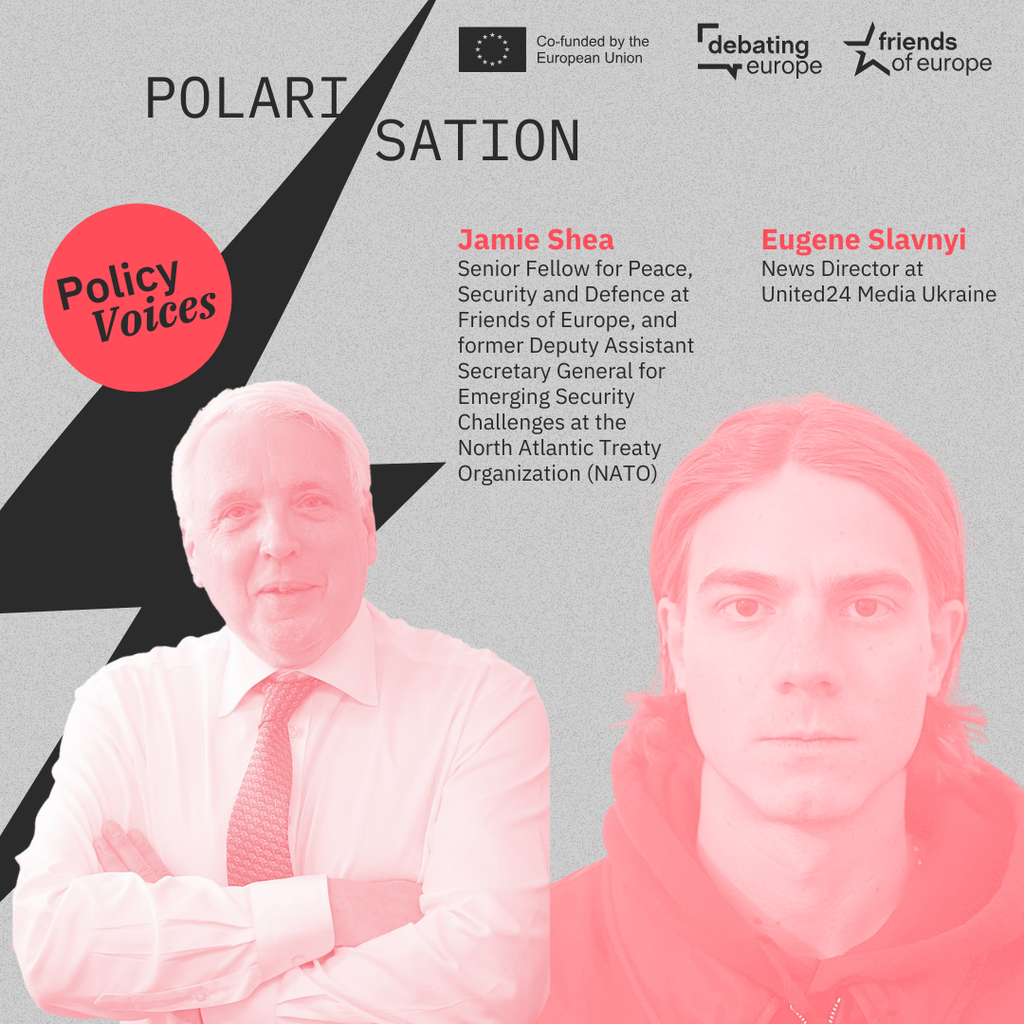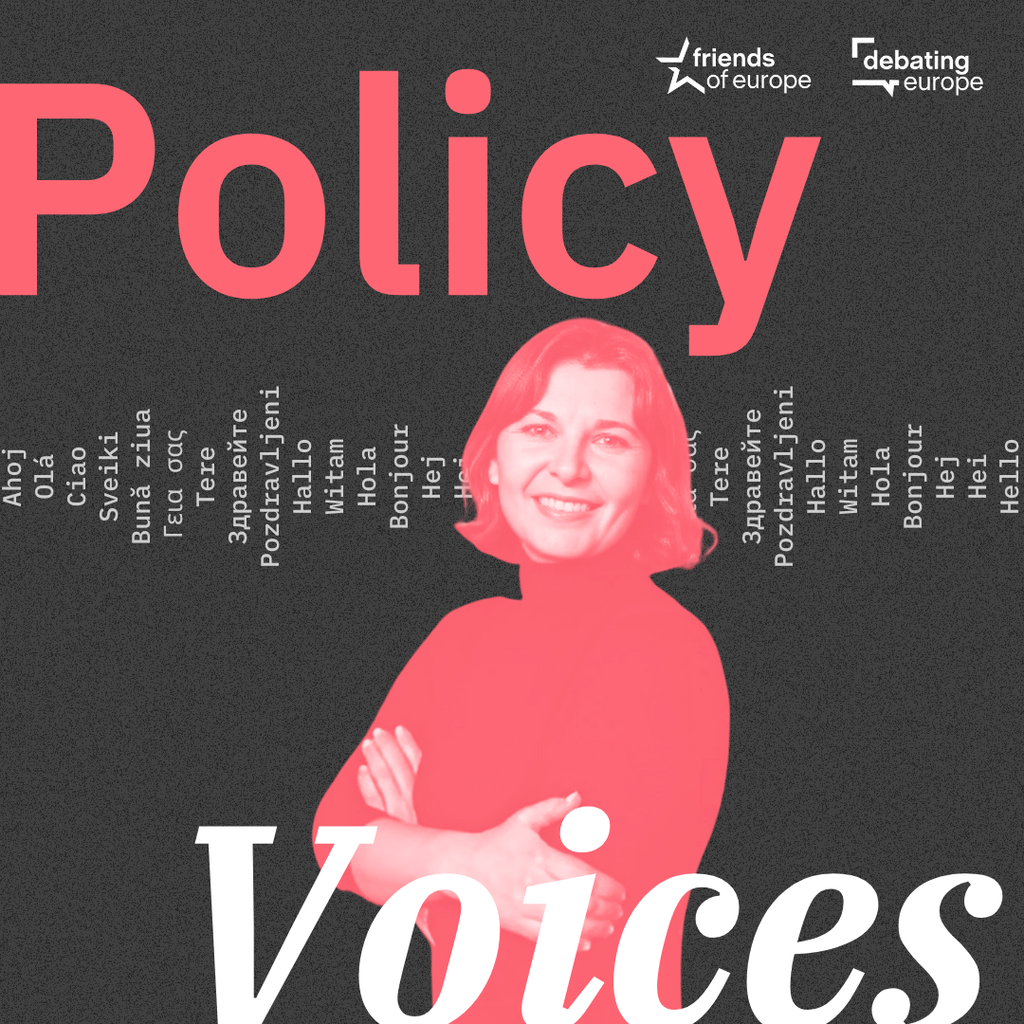From ambition to action: building Europe’s Defence Union
Past event In person

- Area of Expertise
- Peace, Security & Defence
Peacekeeping is often seen as one of the most effective tools available to assist countries facing different conflicts, wars and crimes to navigate the difficult path towards a sustainable peace. However, peacekeeping operations are not without criticism, be it the ongoing discussions about effectiveness and sustainability or the perennial questions about budget and troop contributions. Nonetheless, today’s multidimensional conflicts leave peacekeeping missions with new and sometimes unexpected challenges which need to be addressed effectively.
Peacekeeping operations are highly complex and involve a high number of local and international actors across several political, social and economic sectors. The central aim is not only to maintain peace and stability, but also to protect civilians and promote human rights, facilitate political and democratic structures such as free elections and an independent judiciary and to reintegrate former combatants.
In several conflict zones all around the world, more than 125 million people are affected by the threat of war and violence. In many of these places, the blue-helmeted troops of the United Nations are the essential actors in the fight for peace, security and stability. With more than 88,000 soldiers and almost 14,000 civilians in 14 countries, UN peacekeepers represent one of the largest military forces worldwide.
This factsheet was released ahead of our event ‘Lessons from History: Peace is the Mission’. It provides an overview of the development of peacekeeping operations, current missions, troop and budget contributions, the role of women in peacekeeping, as well as key initiatives in the framework of peacekeeping.
Past event In person

Next event

Past event Online

Past event Online





Stay informed
We use cookies and similar technologies to adjust your preferences, analyze traffic and measure the effectiveness of our campaigns. Learn more about our privacy policy.